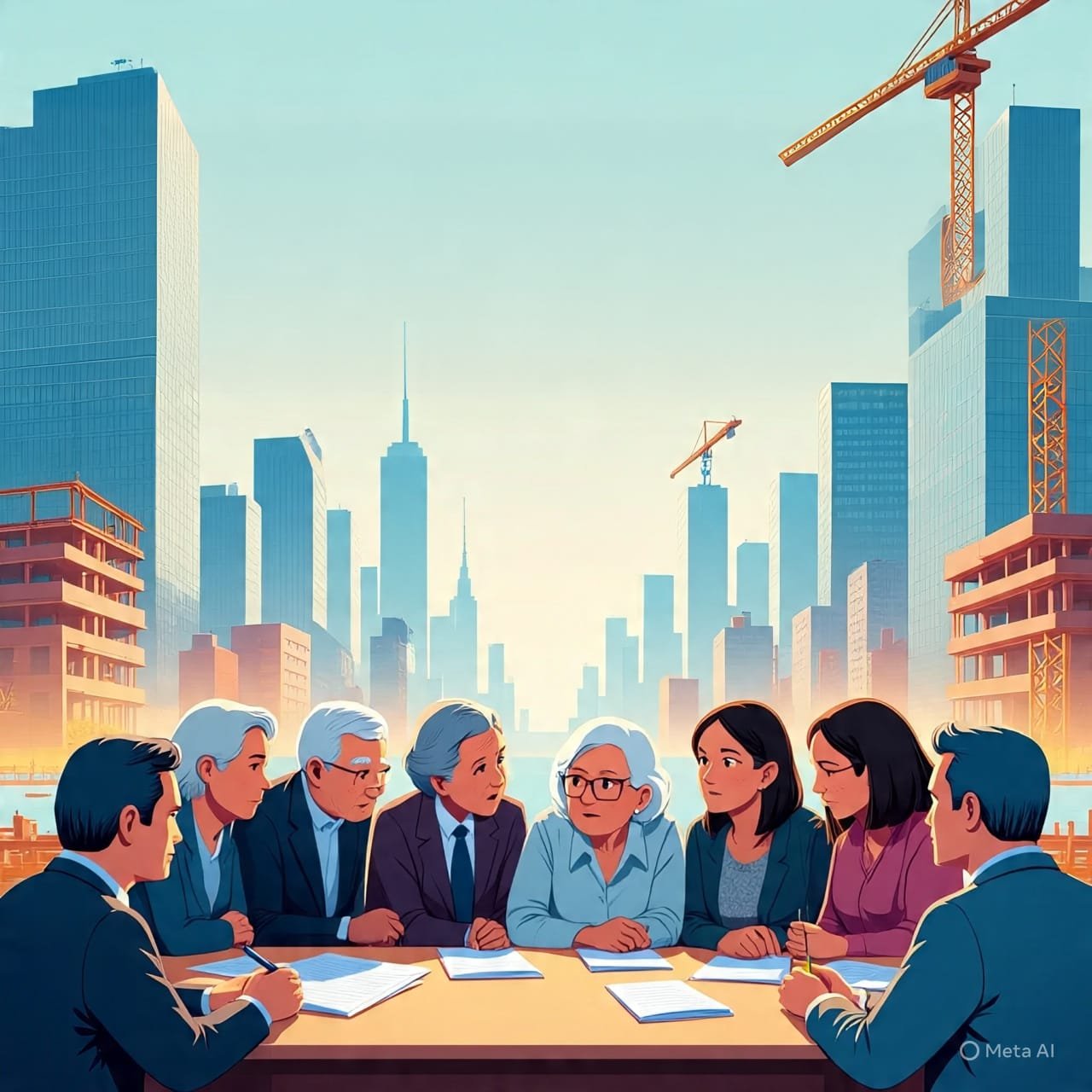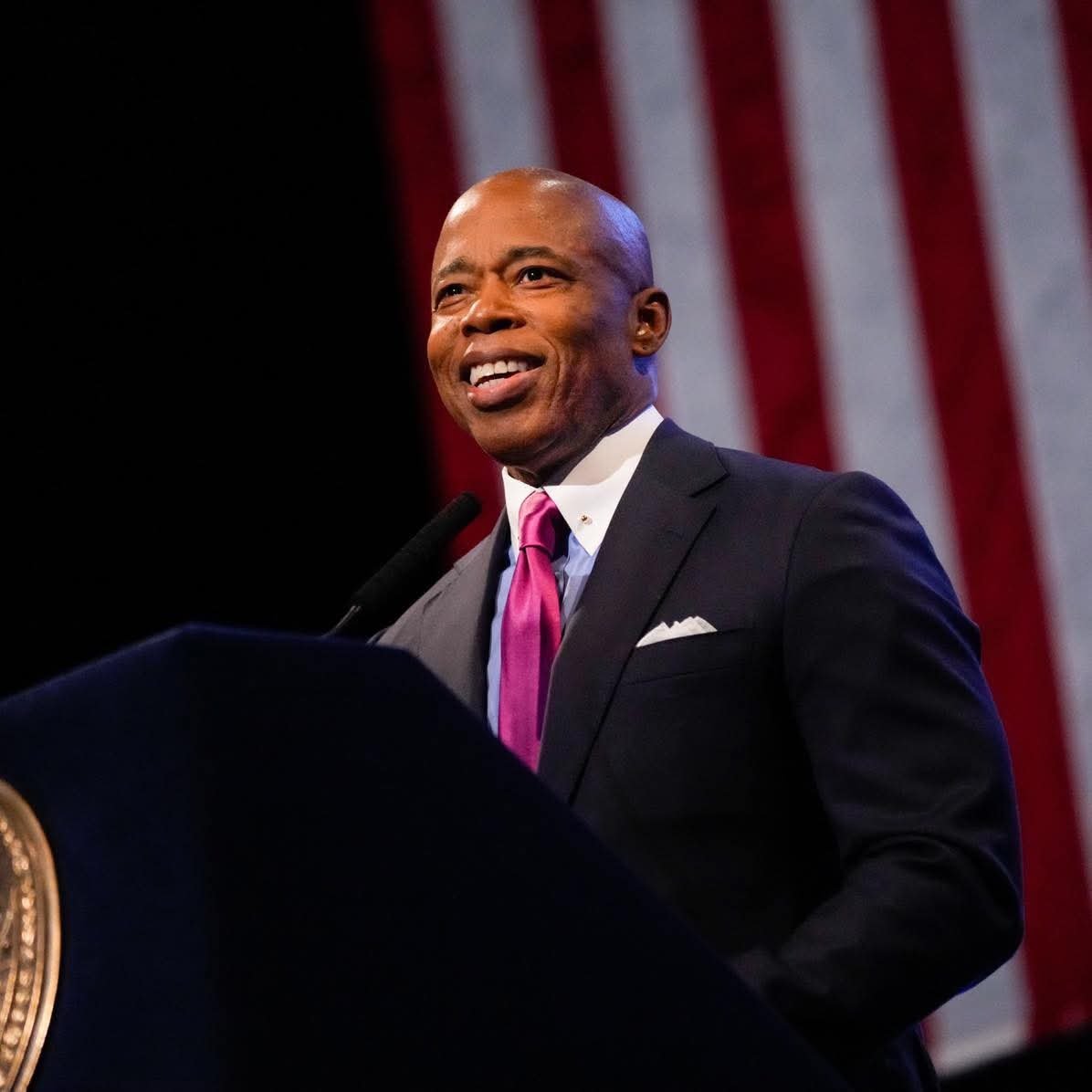
The Bronx, one of New York City’s five boroughs, is often characterized by its rich cultural diversity, vibrant communities, and complex socio-economic challenges. Education in the Bronx serves as a microcosm of these dynamics, reflecting both the struggles and triumphs of its residents.
While the borough has faced significant hurdles in its educational system, including high dropout rates and underfunded schools, it also showcases remarkable resilience and innovation, making strides toward a brighter future for its youth.
To understand the current state of education in the Bronx, it is essential to consider its historical context. The borough has a long history of systemic inequality, with many neighborhoods facing economic hardships and limited access to quality resources. The 1970s and 1980s marked a period of decline, with population loss and urban decay affecting schools and community support systems.
According to the New York City Department of Education, many schools in the Bronx were left underfunded and overlooked, exacerbating the cycle of poverty (NYC DOE, 2021).
Today, the Bronx still grapples with numerous challenges within its educational landscape. As of 2021, the Bronx has one of the highest poverty rates in New York City, with approximately 32.6% of its residents living below the poverty line (U.S. Census Bureau, 2021).
Many students come from low-income families, which significantly impacts their educational experiences. Schools in the Bronx often encounter significant obstacles such as overcrowded classrooms, lack of access to advanced placement courses, and limited extracurricular activities. Data from the NYC Department of Education indicates that these factors contribute to higher dropout rates—approximately 70% of students graduate high school within four years, compared to a citywide average of around 83% (NYC DOE, 2021).
Moreover, the COVID-19 pandemic further highlighted and intensified these issues. Many students faced disruptions in their education, with remote learning revealing disparities in access to technology and support. A report by the New York City Comptroller’s Office stated that over 80% of families in the Bronx reported difficulties with remote learning due to a lack of devices or internet access (NYC Comptroller’s Office, 2020).
The transition back to in-person learning has been fraught with challenges, as schools work to address the academic and emotional needs of their students.
Despite these challenges, the Bronx is home to numerous initiatives and success stories that exemplify resilience and innovation. Community organizations, educators, and local leaders are actively working to create equitable educational opportunities for all students. Programs focusing on mentorship, tutoring, and after-school activities have emerged in response to the needs of the community.
For instance, the Bronx Parent Action Lab has been instrumental in advocating for better educational policies and resources within the borough (Bronx Parent Action Lab, 2021).
One notable example is the Bronx Success Academy Charter Schools, which have garnered attention for their commitment to academic excellence and holistic student development. These schools emphasize a rigorous curriculum, character education, and strong parental involvement, resulting in impressive student outcomes. According to a report by the Success Academy, their students consistently outperform district averages on state tests, showcasing their effective educational model (Success Academy, 2020).
Additionally, partnerships between schools and community organizations have proven instrumental in bridging gaps. Initiatives that provide mental health support, college readiness programs, and vocational training help equip students with the tools they need to succeed both academically and personally. For example, programs like The Bronx Alliance provide essential resources for students transitioning to higher education or the workforce (Bronx Alliance, 2021).
Community engagement plays a pivotal role in transforming education in the Bronx. Parents, local leaders, and organizations are increasingly advocating for better funding, resources, and policies to support their schools. Grassroots movements, such as the Coalition for Educational Justice, have emerged, empowering families to take an active role in their children’s education and fostering a sense of ownership within the community (Coalition for Educational Justice, 2021).
Moreover, the Bronx’s cultural diversity enriches the educational experience. Schools are beginning to incorporate culturally responsive teaching methods, recognizing the importance of students’ backgrounds in shaping their learning experiences. Research indicates that culturally relevant pedagogy can enhance student engagement and achievement (Ladson-Billings, 1994). By fostering an inclusive environment, educators can help students feel valued and understood, which is crucial for academic success.
In conclusion, the journey of education in the Bronx reflects both the struggles of its past and the hopes for its future. The ongoing commitment to addressing challenges and celebrating successes will be essential in shaping a more equitable educational landscape for the borough’s youth.








